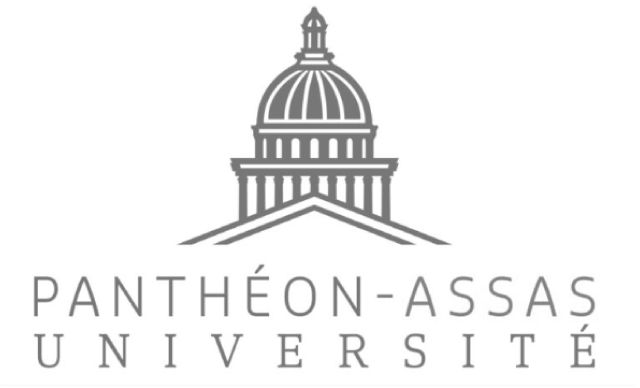The United Arab Emirates, a Prosperous Petrostate with Clay Feet
The hope of a new global order, harbored by oil exporting countries in the seventies, has quickly turned into disillusion and the scare of a resource curse. The United Arab Emirates have escaped this fate and experienced huge development, first thanks to their oil export revenues, then thanks to their economic diversification. However, the growth of the United Arab Emirates has been artificially leveraged by three assets : oil and gas, finance and immigration. The excesses of the past decade, from the opening of the Burj Al-Arab on December 1st 1999 to the financial turmoil in Dubai World in late 2009, have led to a situation of vulnerability. Thus, the development of the United Arab Emirates could be challenged considerably over the years to come if the country fails to overcome certain future difficulties.


